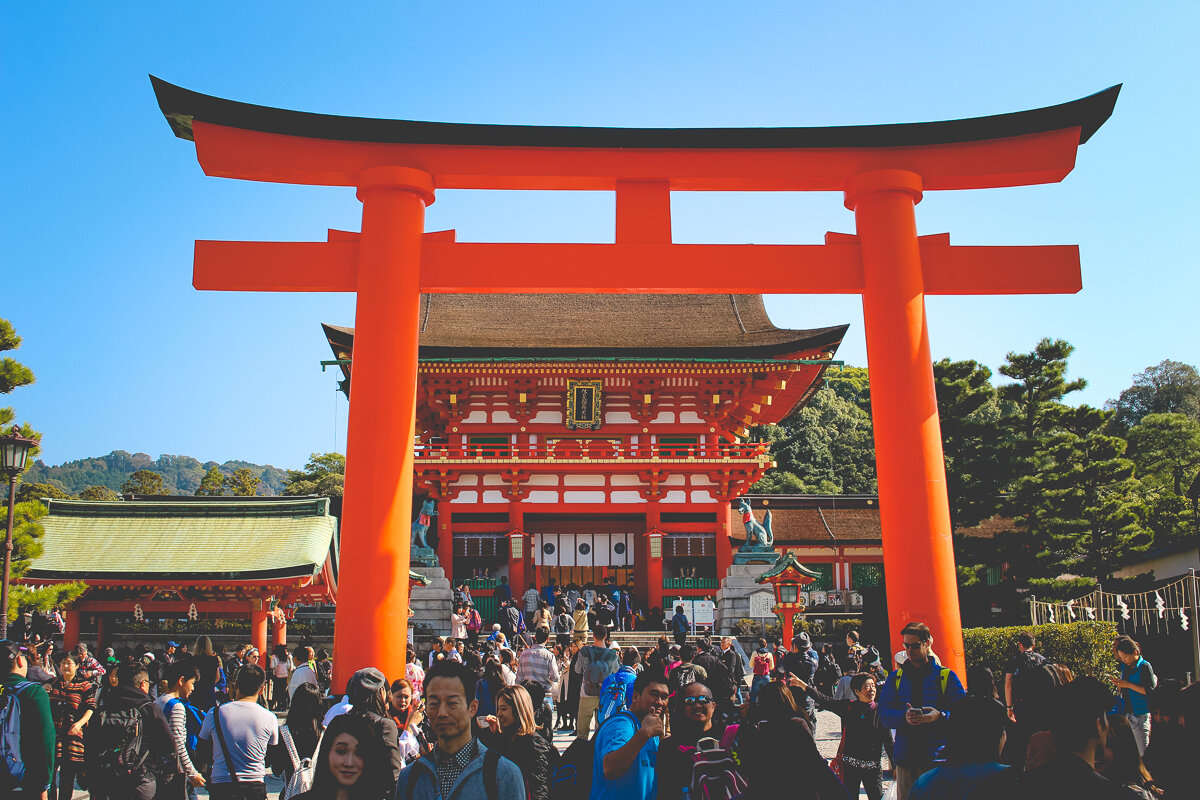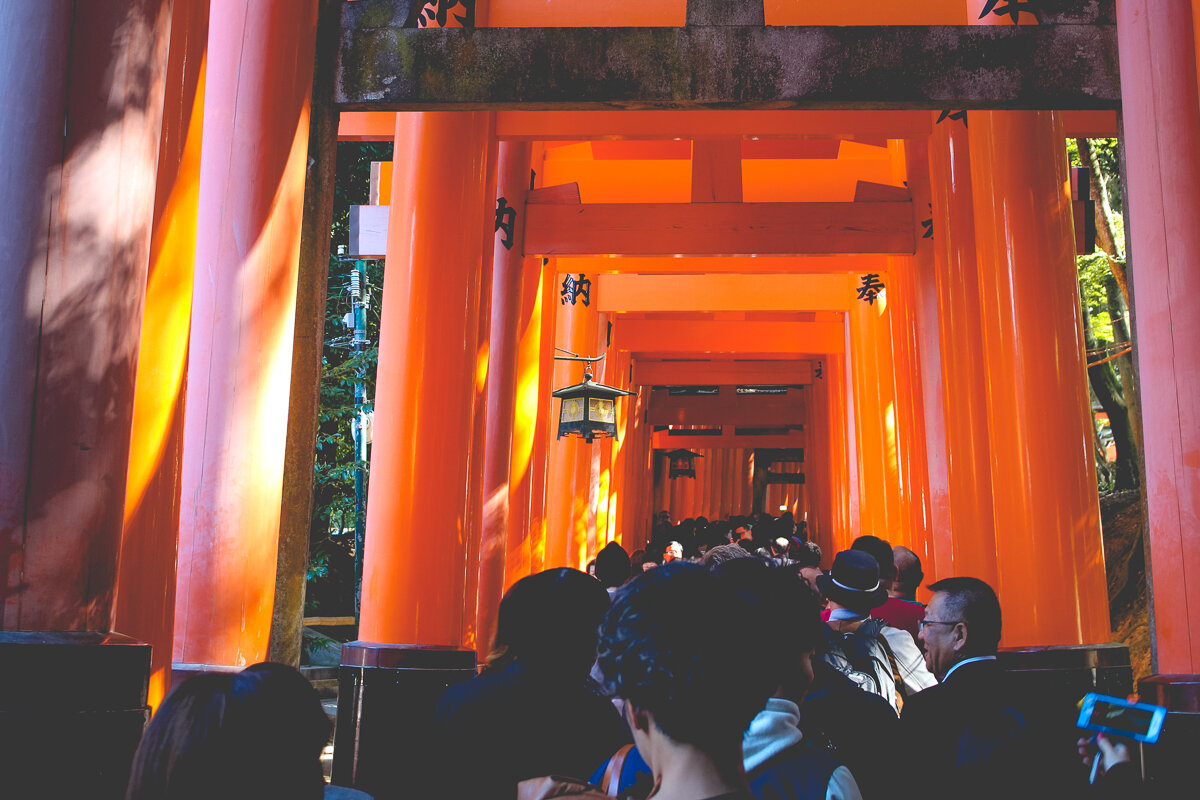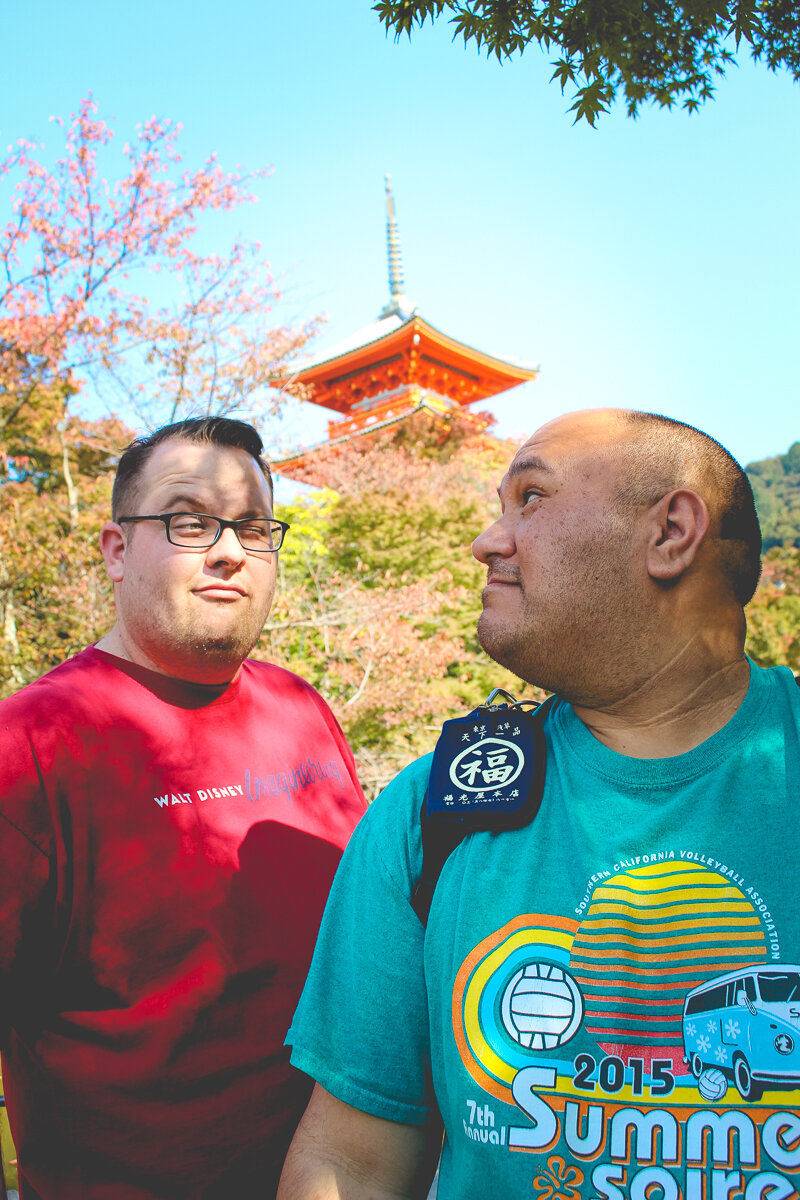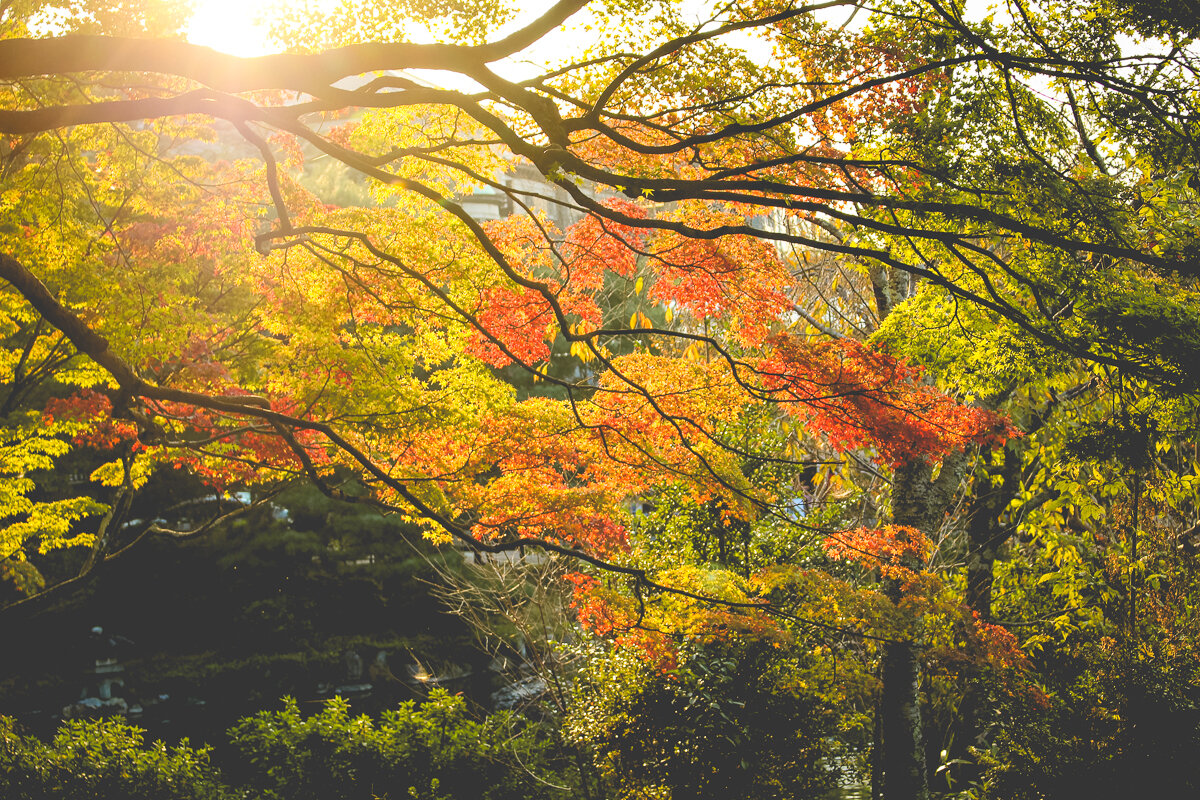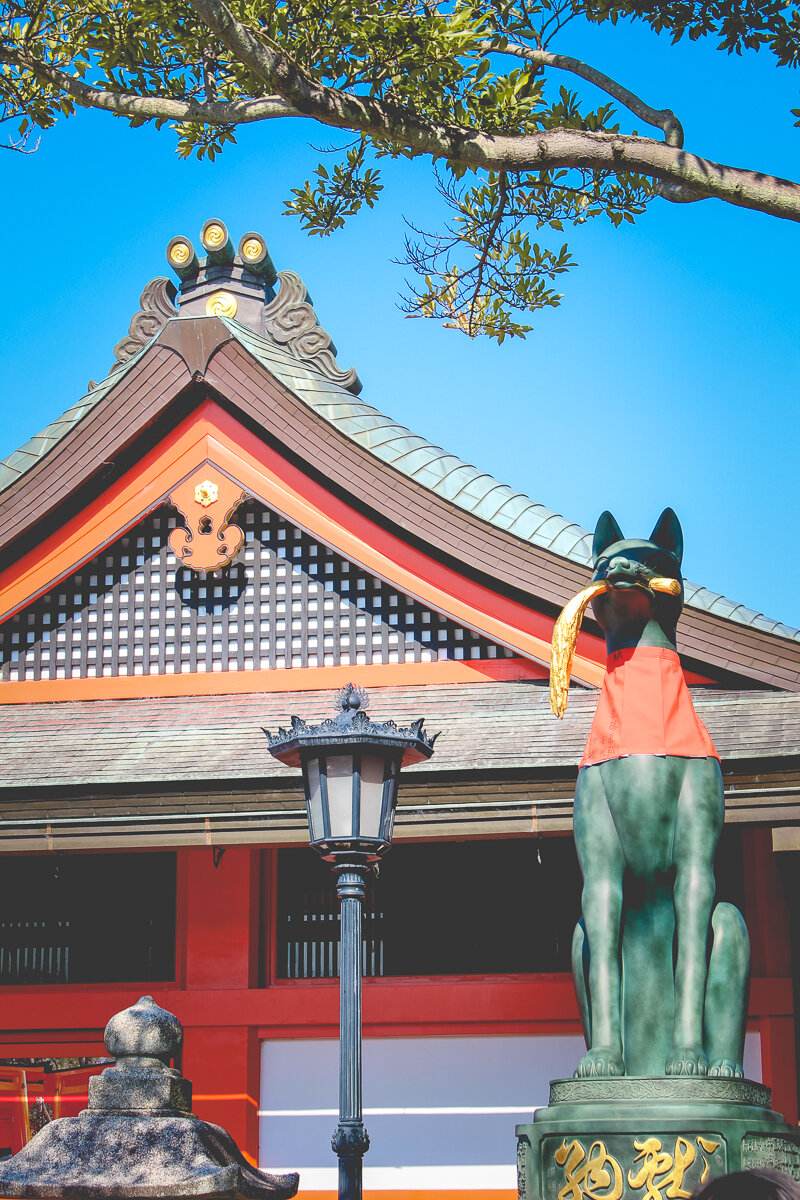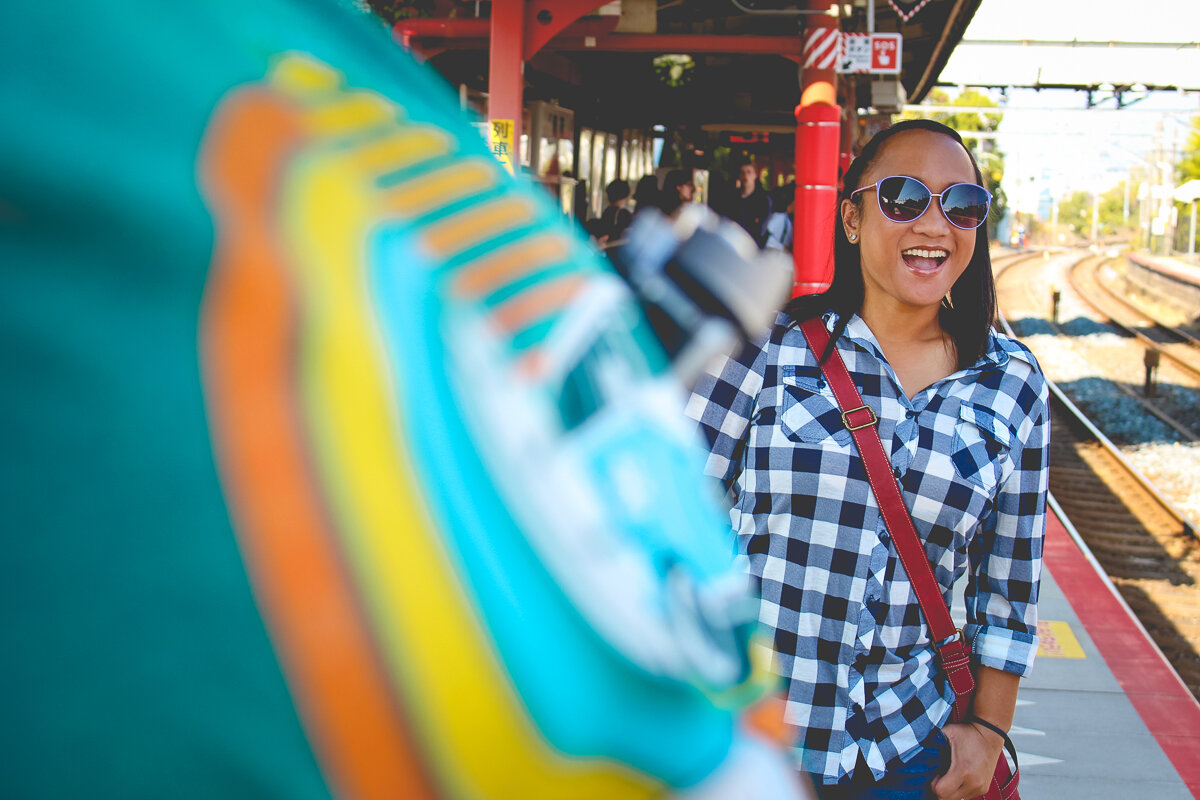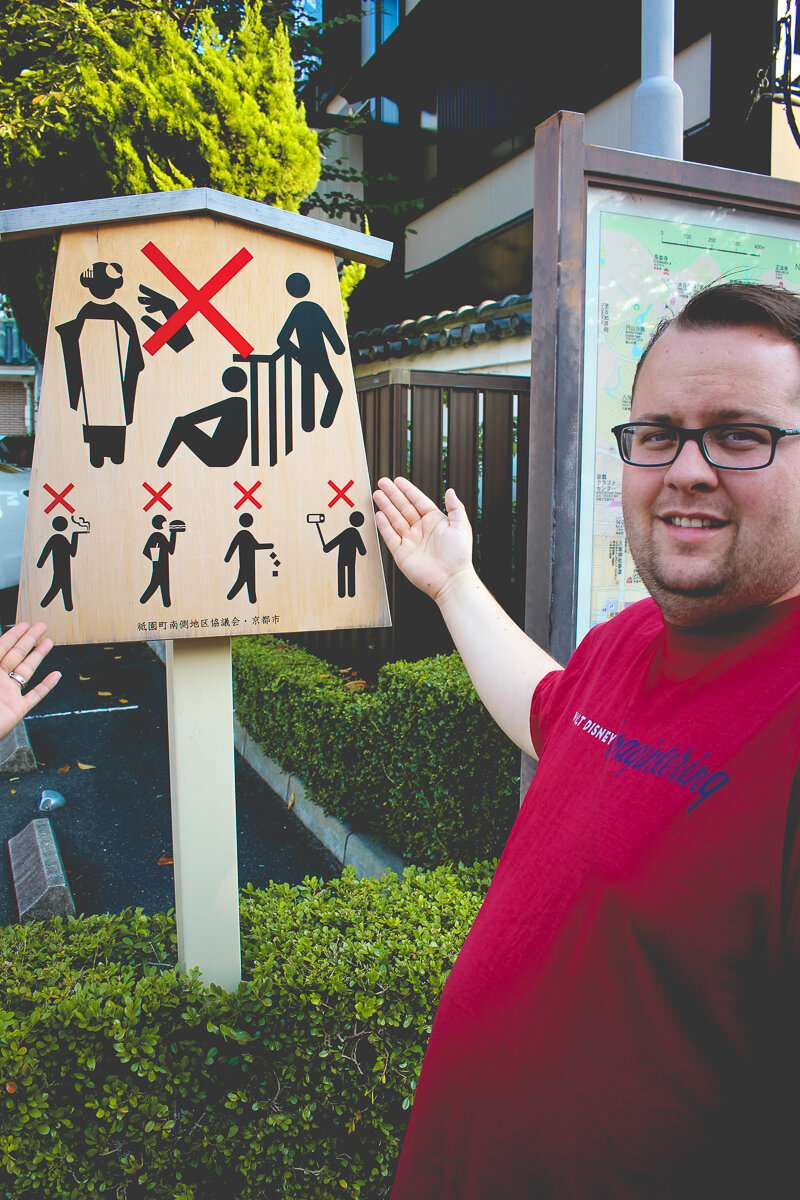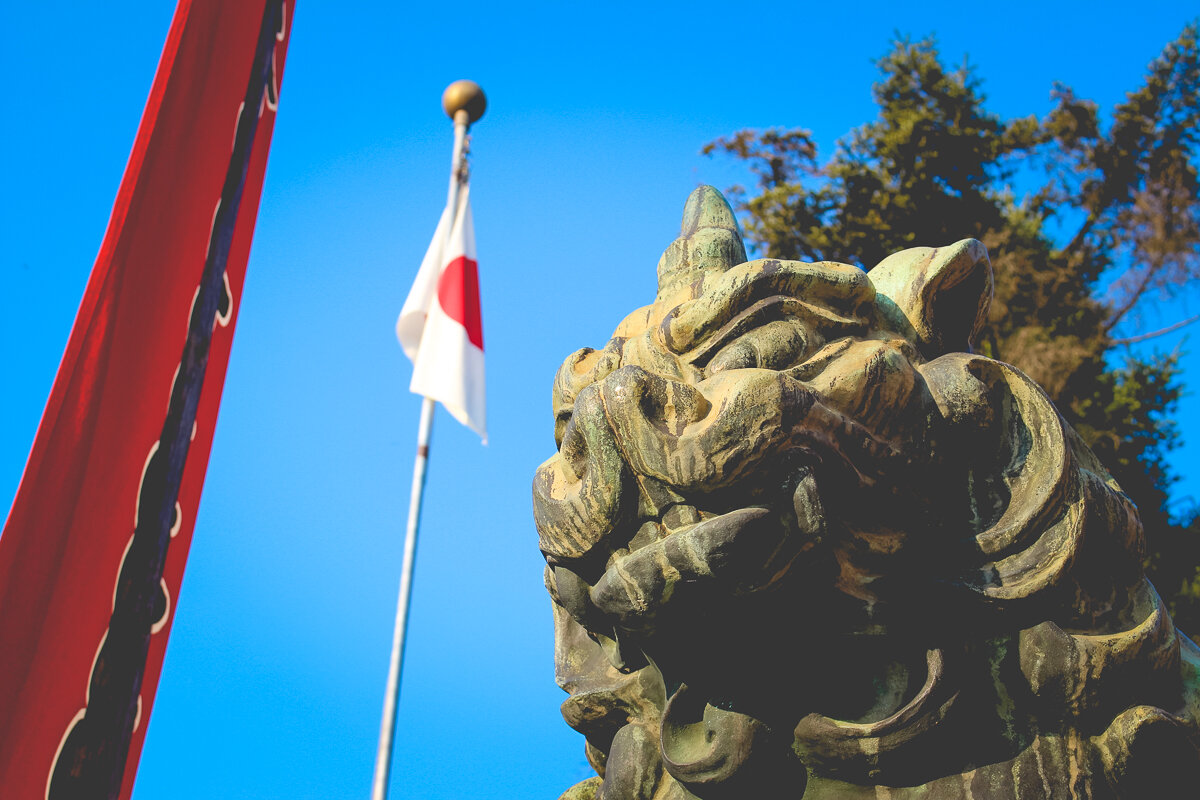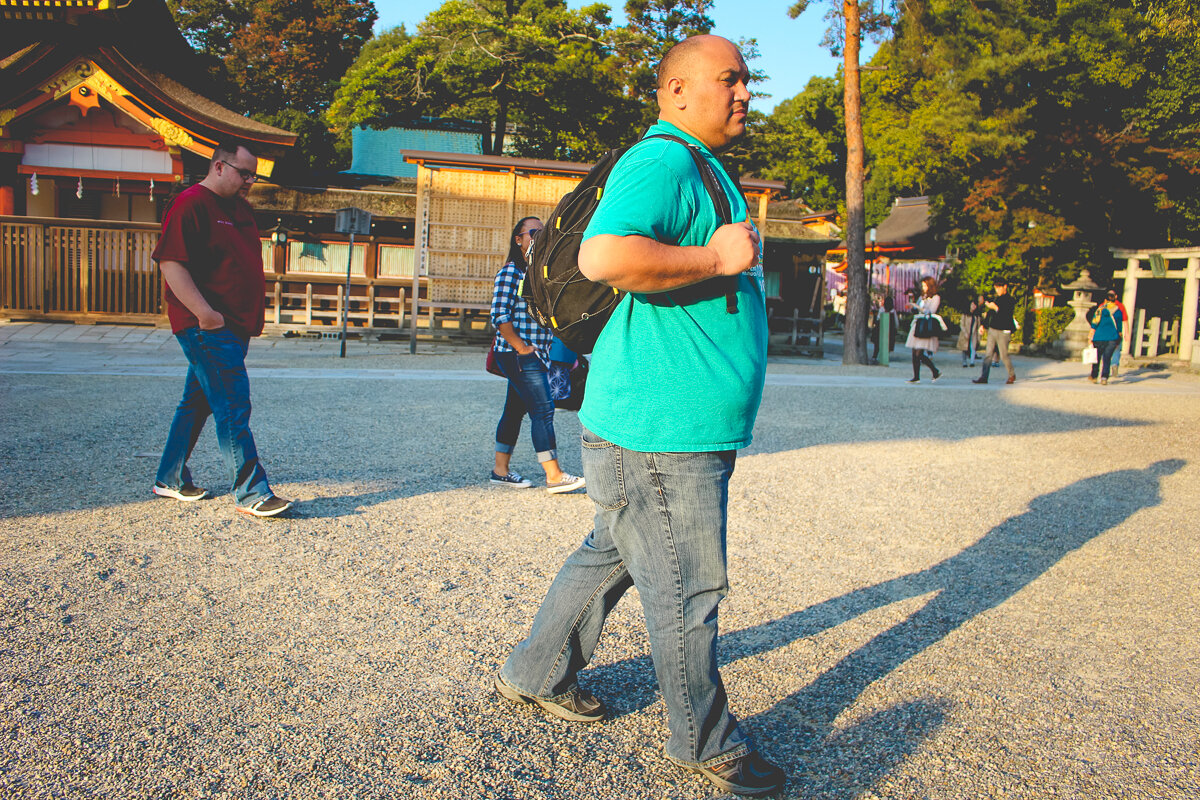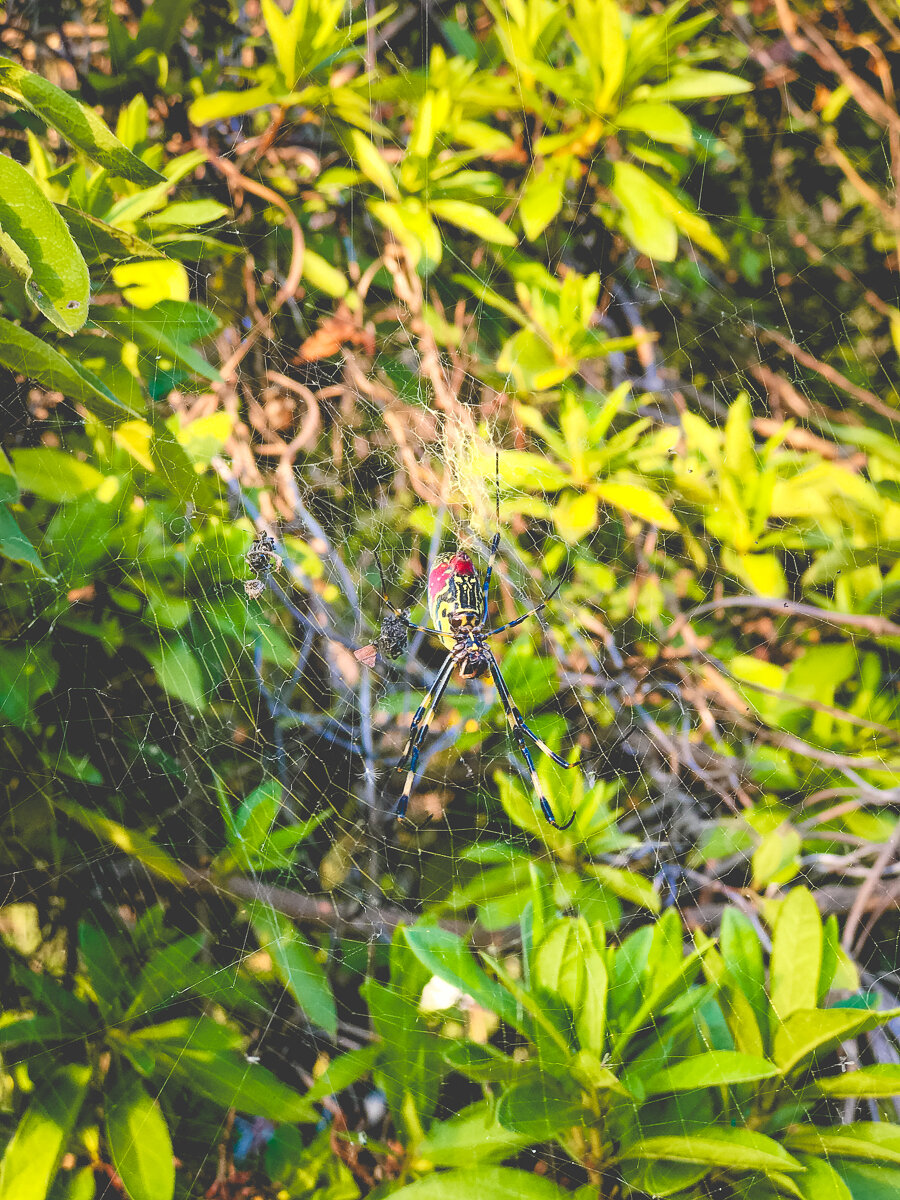Greetings! If you haven’t read day 1 in Kyoto, I recommend starting there. Anyway, here’s day 2…
With stomachs fed, bodies rested, and clothes laundered, we awoke in Kyoto on our second and final day. We were in a city known for its historic temples and had yet to visit one, so we needed to get a move on! We went downstairs.
On the street, in front of our hotel, I agonized over our plans for the next 24 hours. The nature of the Japan Rail Pass requires that Shinkansen tickets be reserved in person, no sooner than one day in advance. This often meant we began our days with deliberations over the following day’s plans. While attempting to wrestle with this, Chuck began rolling on his GoPro. I stitched together the video and attached it here. I love it! Not because it’s remarkable for any reason (in fact, it’s rather boring). But because it captured an honest and unsexy side of travel—a real moment that you hardly find on travel blogs.
Anyway, with our tickets reserved and anxiety quelled, it was off to our first stop of the day. After a short train ride, we passed through a crowded train station and emerged at the base of a hill. We were at the Fushimi Inari shrine.
The Fushimi Inari shrine is a famous, hundreds of years old shrine in the eastern foothills of Kyoto. The site features gates, shrines, and countless worshipping mounds dotted along a 2.5 mile trail to the top of a mountain. Perhaps most famously, the shrine is known for containing roughly 1,000 torii gates ribbed over the climbing walkways. The torii gates, donated by local families in the 17-19th centuries, provide a M.C. Escher-esque view as they stretch onwards into square tubes around the curving pathways.
Like the Arashiyama Bamboo Grove the day before, the Fushimi Inari shrine is typically depicted in online photos to be serene, peaceful, and (well) empty. Again, perhaps due to the rush-hour timeframe or the fact it was a weekend, but our visit to the place was packed. Each walkway essentially functioned as a massive queue to make it up the mountain, with only phones, cameras, and selfie-sticks to break up the sea of humanity.
Like the other tourists, we would often stand ready in pose, awaiting a break in the stream, and then quickly snap photos with the gates as if we were the only ones there.
Climbing the hill was difficult enough but the continuous current of people made the task particularly unpleasant. We each acknowledged the beauty of the place but quickly resigned to move onto the next, hopefully less-crowded stop.
We returned back to Kyoto Station and looked for a taxi.
We knew a taxi-ride would save us 45 minutes of walking but we didn’t realize how much it saved us a climb. Zipping uphill, past out-of-breath tourists and busses of visitors, we were dropped off near a plateau-clearing. The taxi was worth it!
A few steps further and we were at the Kiyomizudera.
Founded in 778, the Kiyomizudera is an old-school Buddhist temple and a UNESCO World Heritage site. The wooden structures, primarily completed in the 17th century, stand perched along an eastern Kyoto mountainside and overlook the city.
We walked on the balcony of the main structure, looking at the colorful fall leaves and the hazy city in the distance. It was peaceful. Unbeknownst to me (until researching for this post), people used to jump off of the 43 foot tall balcony, believing that survivors would have their wishes granted. According to Wikipedia, “during the Edo period, 234 jumps were recorded, and of those, 85.4% survived.”
We continued down to the lower level of the structure. There was a queue of folks hoping to catch water from the Otowa waterfall—also believed to have wish-granting powers. My impatience, not my skepticism, kept me out of the queue.
Wandering around the gardens beneath the Kiyomizudera, we stopped to pose with the fall colors. It was a beautiful, historic, fascinating stop and we enjoyed our time there.
From the temple, we continued downhill into a long pedestrian marketplace called the Higashiyama District.
In the market, we perused the stalls and grabbed some ice cream. And then came one of my favorite moments in the trip—
We we were stopped by young, local students, who asked for our assistance with their English homework. They had gathered at the tourist hotspot on the lookout for English-speaking visitors and asked us a series of questions. The task finished when we signed our name in their school books and wrote down where we were from. It was a neat moment of cross-cultural exchange and a great memory!
After the kids, we continued on down the hill through the marketplace. Among the shops and cafes, we found a few businesses that allowed patrons to get something of a ‘geisha makeover’. We saw several young ladies strolling through the district in full geisha attire. While neat, we sensed the experience was best left to the locals.
Still, seeing “geishas” walking around added tremendously to the atmosphere, esecpially when we were treated to another great, famous view—the Yasaka Pagoda of the Hōkan-ji Temple.
At this point, we were getting pretty hungry and decided to stop for lunch. We found a Japanese restaurant (I told you it’s not all McDonalds!) and chowed down on our broth and rice bowls.
After lunch, we continued across the street into the Yasaka Shrine.
On the other side of the shrine was the Maruyama Park. Here, Japan’s fall colors were on display with perfection. With the sun hanging low in the November afternoon, the light filtered through them stunningly—we couldn’t pass up the opportunity for an impromptu photo-shoot!
As the day was ending, we knew so too was our time in Kyoto. Pretty tired and templed-out, we wandered to the nearest subway station. Kyoto’s subway network paled in comparison to Tokyo but this line happened to suit us. Soon enough, we were back near our home-base.
We stopped by a grocery store on the way back. As the trip was now past the mid-way point, it became evident that we wouldn’t have time for a brewery or whiskey distillery, so my beverage-fate was in my hands. I picked up a few half-liter bottles of Suntory whiskey and a few cans of the local beer. The beer was for this night. The whiskey was supposed to be to take home (but one bottle wouldn’t make it—a story for another time!).
Back at our ‘apartment-hotel’, Cindy chose to call it a night. The boys and I went out for another round of tonkatsu down at the train station (I got the curry variety…yummy!). But soon, it was time to pack up and get ready for Miyajima, the next day. So back to the hotel we went.
Kyoto was a special city. Far more suburban and far more ancient than Tokyo, the city offered us a completely different taste of Japan. I know for a fact that there were hundreds of temples, a palace, and countless other experiences we left on the table in our short time there. That’s not even counting the nearby historic-capital of Nara and the modern Osaka, less than an hour away. I know if we ever go back, we’ll be spending a lot more time in the Yamashiro Basin.
Until then, we have another daily video from Japan to remind us of this special time. To check out the video from day 2 in Kyoto, click on the play button below.
And finally, for more photos from our time in Kyoto, check out the gallery below!

